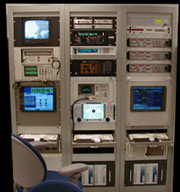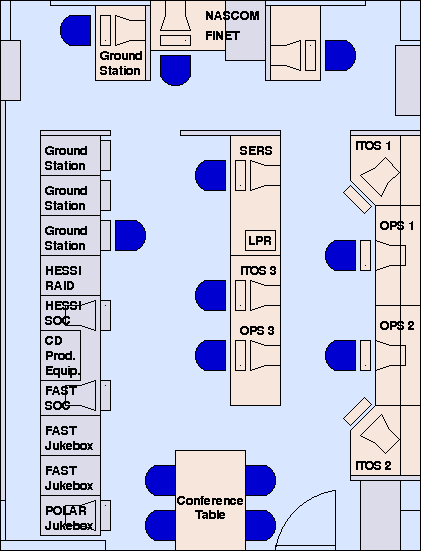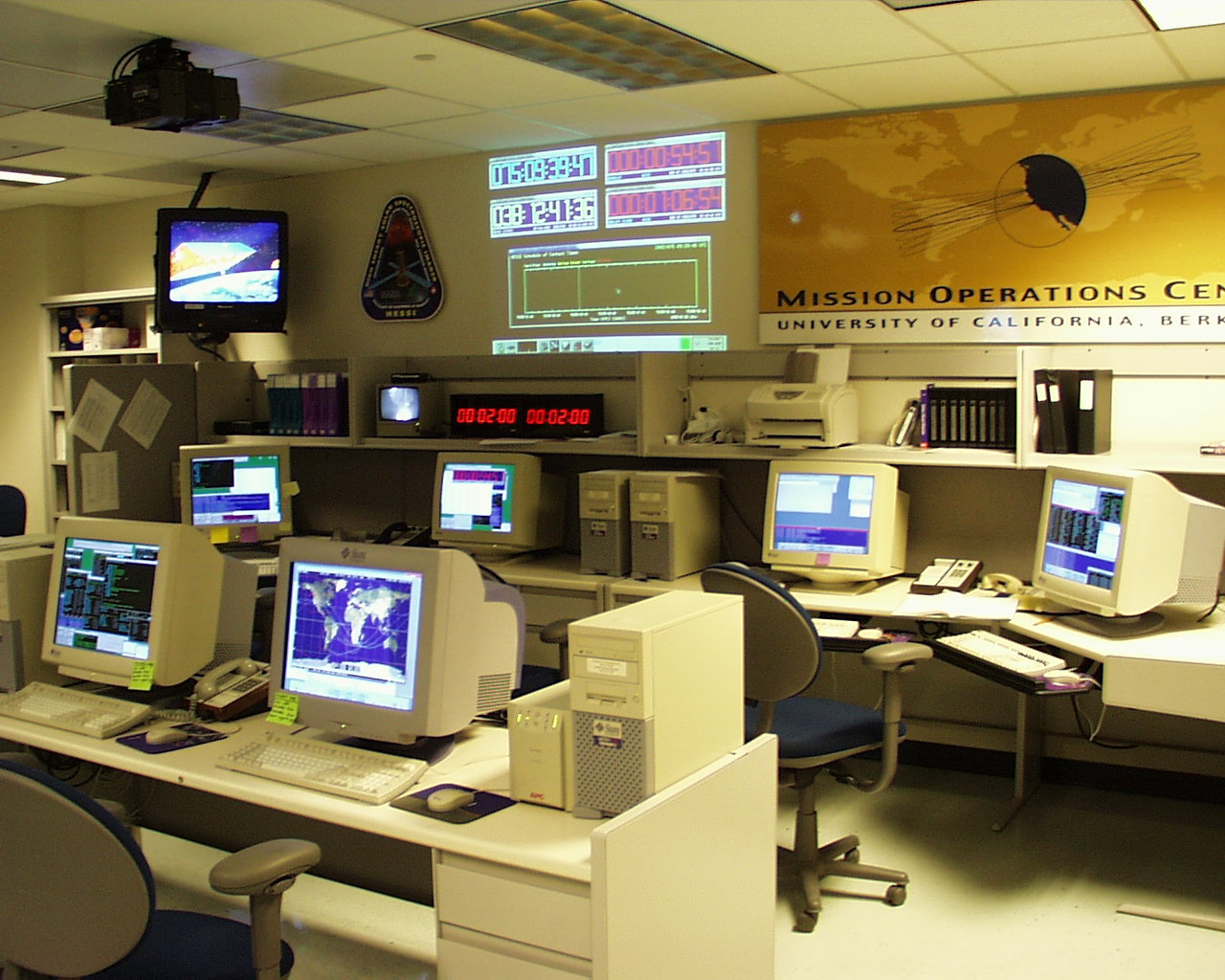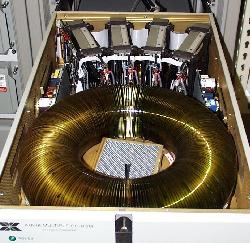|
|

|
|
|
|
Mission & Science Operations
Center (MSOC)
|
|
|
Facility
Description
The Berkeley Mission and Science Operations Center
(MSOC) is located at Space Sciences
Laboratory (SSL) on the Campus of the University of California at Berkeley. The Berkeley MSOC serves as the satellite
control and data archiving facility for a number of different missions and has been designed to support multiple
spacecraft operations. The backbone of the Berkeley MSOC is suite of workstations connected through a secure, isolated
local area network. Currently, data from the Fast
Auroral Snapshot Explorer (FAST) are archived at the
MSOC. FAST is a NASA Small Explorer
(SMEX) mission and was launched on August 21, 1996.
Another Small Explorer spacecraft, the High Energy Solar Spectroscopic Imager (HESSI),
is currently under development at SSL and will be launched in March of 2001.
 The Berkeley MSOC is currently being upgraded to fully support Mission and Science
Operations for both FAST and HESSI. All critical elements of the HESSI Ground Data System, including the equipment
racks (left) for the Berkeley
Ground Station, are housed inside the Berkeley
MSOC. The Berkeley MSOC is currently being upgraded to fully support Mission and Science
Operations for both FAST and HESSI. All critical elements of the HESSI Ground Data System, including the equipment
racks (left) for the Berkeley
Ground Station, are housed inside the Berkeley
MSOC.
The Berkeley Ground Station also
provides support of the Imager for Magnetopause-to-Aurora Global Exploration (IMAGE) mission. During times when no support of HESSI or FAST is scheduled, the ground station receives real-time data from the Far Ultraviolet Wideband Imaging Camera
(FUV WIC) on board the IMAGE spacecraft. This instrument, built by the IMAGE FUV group at
SSL, provides far ultraviolet images of the northern aurora every two minutes. IMAGE is a NASA Medium-class Explorer (MIDEX) mission and was launched on March 25, 2000.
|

|
|
|
|
|

Flight Operations Consoles
Personnel at the flight operations consoles monitor spacecraft health and safety and prepare command loads that
are uplinked to the spacecraft during a ground station contact. Spacecraft locations provided by SatTrack in real-time
are displayed on a projected screen.
|
| |
| |
Science Operations and Satellite Data Archiving Area
The second row of consoles is the science operations area where operators monitor the telemmetry data streams from
the science payloads and perform level-zero processing. This row also houses a computer which serves as the Spacecraft
Emergency Response System (SERS). SERS monitors all other critical subsystems inside the facility, as well as spacecraft
status and health. It notifies operations personnel in case of anomalies via a sophisticated paging system. The
satellite data archiving area consists of several workstations, a fully autonomous CD-ROM production system, and
two racks which currently have 9 jukeboxes. These juke boxes (on the left side of the photo) contain all data obtained
from the FAST mission. The total data volume to date is 1.4 Terabytes and is constantly growing. |
| |
| |
 Juke Box with CD-ROMs Juke Box with CD-ROMs
Juke box filled with 240 CD-ROMs, holding 650 Megabytes each. There are 4 readers visible in the background. The
total data volume stored in each juke box is 154 Gigabytes. |
| |
|